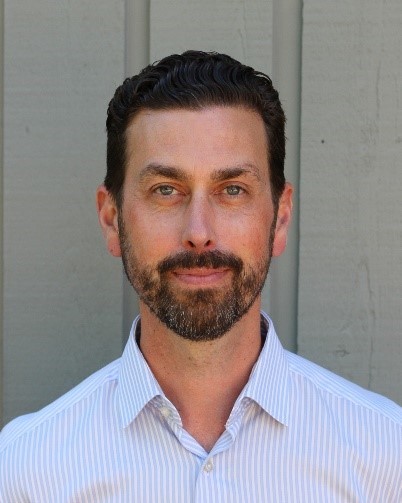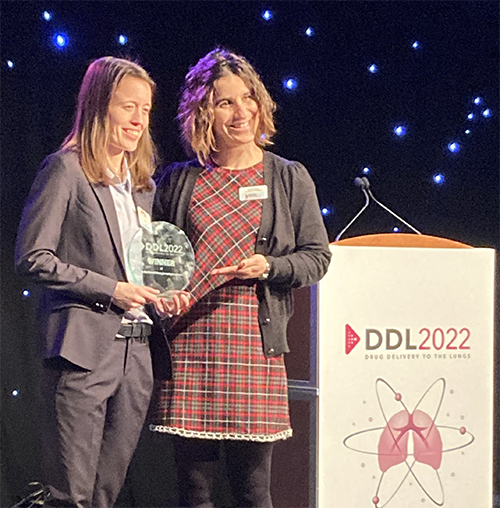Understanding deposition, dissolution, and absorption
The subject of deposition remained a hot topic and was addressed by a number of speakers. In her talk on the “Effect of Airway Disease on Drug Deposition in the Lung,” Chantal Darquenne of the University of California explained that all studies of deposition in patients with lung disease have shown greater total deposition in those patients’ lungs than in healthy lungs; however, much about how that deposition is distributed in the lung remains unknown. She noted that Fluidda’s FRI technology has shown that distribution is fairly uniform in healthy lungs, and not terribly inconsistent in mild disease, but very inconsistent in severe disease. Unfortunately, Darquenne said, we are still unable to model deposition in diseased lungs in silico.
Later in the day, Catherine Fromen of the University of Delaware described an effort to develop a physical model that allows researchers to control the flow rate to each of the individual “lobes” in order to model deposition in diseased lungs. Fromen’s “total inhalable deposition in an actuated lung” (TIDAL) model includes 3D printed parts for the larger airways, a porous mesh lattice inside a flexible “lobe” to represent the alveoli, and individual motors flexing each “lobe” to simulate dynamic breathing.
2023 Emerging Scientist Award winner Andrew Martin described his work on development of deposition models, including the Alberta Idealized Throat (AIT) and the Alberta Idealized Nasal Inlet (AINI) in association with Copley Scientific, for in vitro testing. He also talked about his work with Proveris Scientific on development of a filter based apparatus (FBA) to collect regional drug doses and to map collected fractions directly to anatomical regions of interest.
Other talks focused on what happens to the drug following deposition. Jayne Hastedt of JDP Pharma Consulting provided an introduction to an effort to create a biopharmaceutical classification system (BCS) for inhaled drugs at DDL 2019 and returned this year to present the resulting system. She discussed how the iBCS, which classifies drugs based on dissolution and permeability characteristics, differs from the BCS for oral drugs as well as where different classes of currently marketed inhaled drugs fall on the grid.
Pat Burnell finalist Johannes Sake of Trinity College Dublin spoke about “Generation and Characterization of an Organotypic Cell Knockout Model to Study Pulmonary MRP1,” an effort to better understand drug-transporter interactions in the lung that could potentially cause side effects. And in her Pat Burnell session presentation, Marie Trenkel of Kiel University emphasized the necessity of characterizing the influence of various types of excipients, such as fillers, permeation enhancers, and mucoadhesives on the absorption of nasal powders.
Awards
At the awards presentation cocktail reception, Marie Trenkel was named the winner of the 2022 Pat Burnell Award. The academic poster award went to Mathura Thirugnanasampanthar of McMaster University, last year’s Pat Burnell Award winner, for her poster titled, “An in vitro exposure platform for investigating bacterial and epithelial cell responses to aerosolized phage challenge,” and the industrial poster award went to Felix Wiegandt of Fraunhofer ITEM for his poster, “Novel Highly Efficient System for Breath-Triggered Aerosol Delivery for Preterm Infants using Non-Contact Breath Capture.”
Exhibitors at DDL 2023 included:




